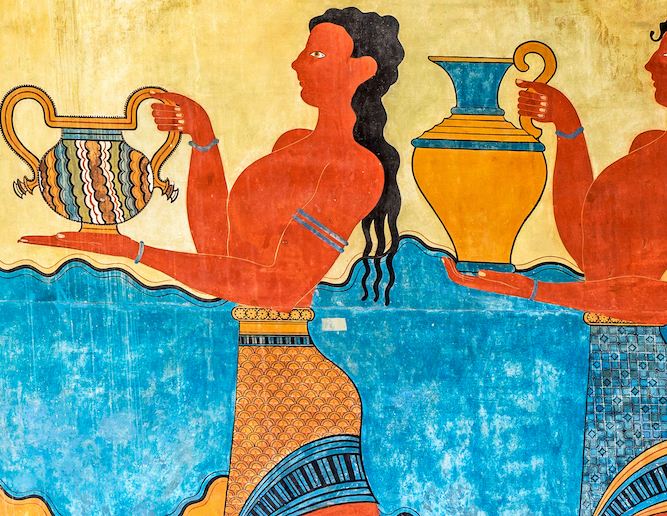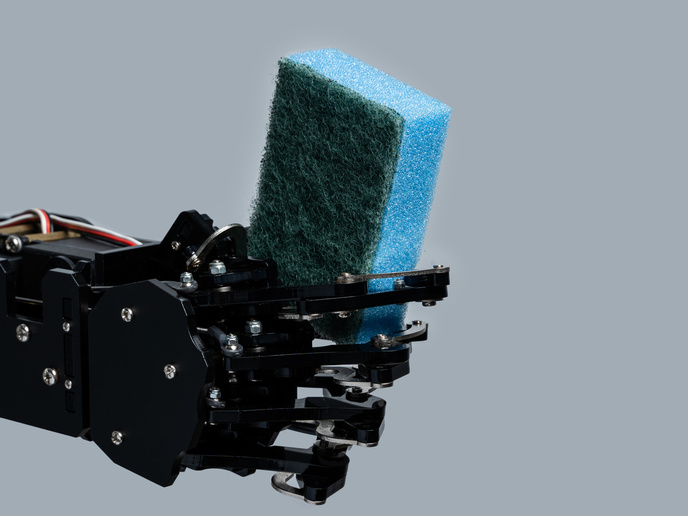Traditional culinary habits die hard
The analysis of micro-botanical remains from cooking pots retrieved from archaeological sites in Greece is providing new insights into culinary practices during the Neolithic and Bronze Age, in the Aegean. “Archaeologists often find pots with burned food crust on the inside – people have always burnt their dinner from time to time. This is an advantage for us because we can analyse that crust to shine some light on the meals they were cooking,” explains CUISINE project coordinator Amy Bogaard, professor of Neolithic and Bronze Age Archaeology at the University of Oxford, where she is head of the School of Archaeology. When crust is not available, archaeologists collect and analyse the sediment trapped in the pores of the vessels. Looking at organic residues on pots is not new in archaeology. But the usual method is to look at animal lipids, or fats, which are better preserved on ancient pottery than the residue of plants. “Because of the lipid focus in past archaeological research into organic residues, you’d be forgiven for thinking people were eating meat constantly with very little plant material. This gives a distorted picture of diet in the past,” Bogaard explains. In fact, animal products tended to be secondary in the diet. “They were harder to acquire or more expensive,” says archaeological botanist Juan José García-Granero, who received a 2-year Marie Skłodowska-Curie grant at Oxford to analyse microscopic plant remains from ancient cooking vessels.
Analysis of plant mineral deposits
García-Granero studied pots dating back to 5 600-5 000 BC excavated at the Greek Neolithic site of Stavroupoli, and the 1 700-1 100 BC Bronze Age site at Knossos-Gypsades, Crete. “Food talks about who we are. Knowing what people ate and how people combined different foodstuffs in the past can give us information about who they were and how they identified themselves in relation to others,” says García-Granero. “As an archaeobotanist, I analyse the tiny starch grains trapped in artefact utensils used in cooking. I also analyse microscopic plant remains called phytoliths,” explains García-Granero, currently a post-doctoral fellow at the Institució Milà i Fontanals d’Investigació en Humanitats, Barcelona, Spain. Phytoliths consist of silica deposited in the cells of plants. As the rest of the plant decays, the mineral silica remains. “The shape of the silica tells you the shape of the cells it was in and therefore the kind of plant,” Bogaard explains. “I was one of very few people doing this kind of analysis in Greece, so I had lots of interest from students wanting to be trained and I had several students coming over to Oxford,” García-Granero notes.
New types of ingredients appear
“We were expecting to find domestic cereals – wheat, barley and domestic pulses like lentils and other types of beans consumed in the Aegean. We did find them, but we also found the wild plants being consumed, such as tubers,” García-Granero says. “The Neolithic Age is interesting because it’s a complete change as people start farming. New ingredients appear,” he adds. But this did not mean they abandoned previous practices. “I believe this has to do with their culture and traditions. Even though they have access to other types of foods, they still look for the plants that have always been part of their cuisine.”
Keywords
CUISINE, archaeobotanist, archaeology, Neolithic, Bronze Age, Aegean, diet, plants, phytoliths, wheat, barley, pulses, culture







